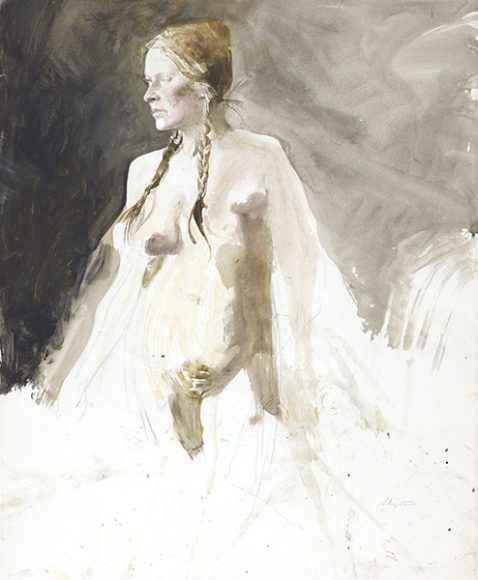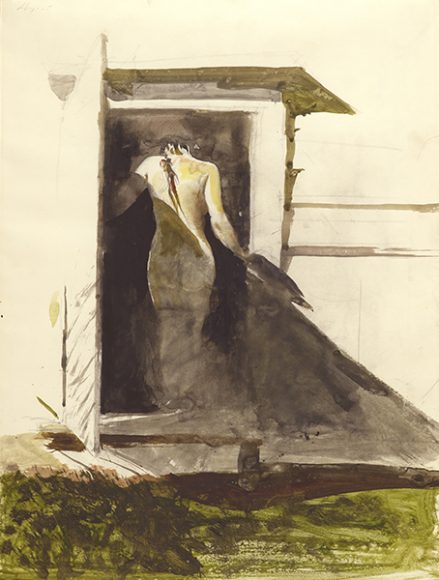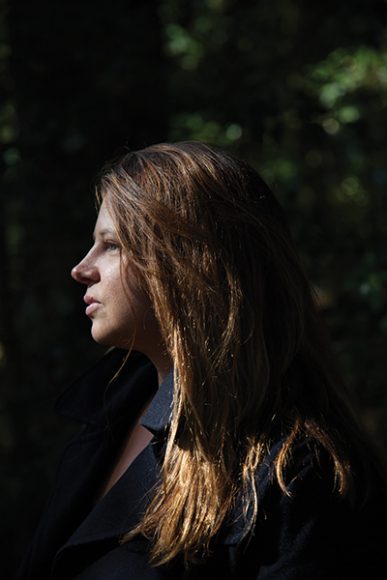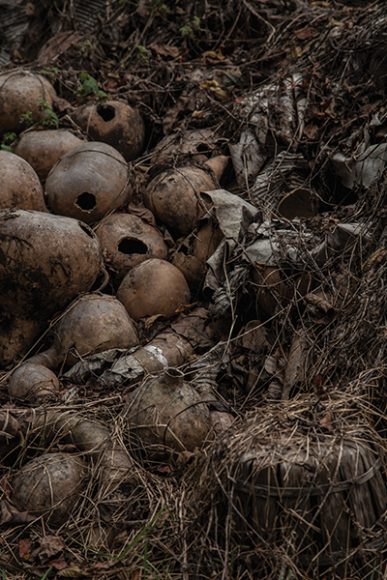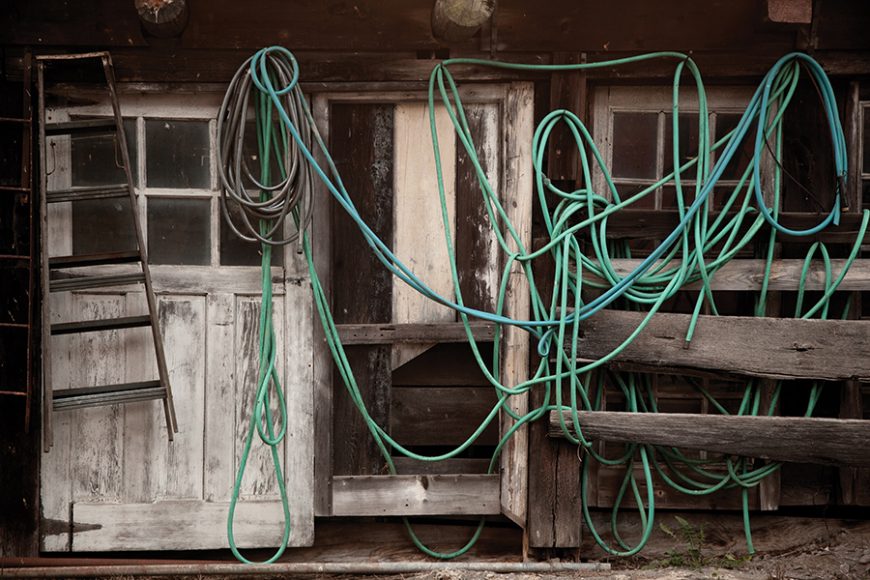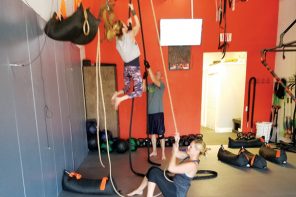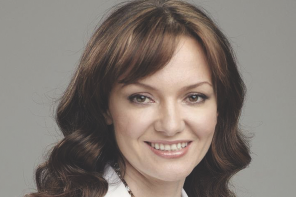“The land was ours before we were the land’s.”
— Robert Frost, “The Gift Outright”
Andrew Wyeth — whose rangy, light-dappled canvases helped define the American landscape in the 20th century — belonged to the land long before the land was his.
“Wyeth’s relationship to the land — and we’re all about the relationship to the environment at the Hudson River Museum — was such that he felt rooted to (Chadds Ford, Pennsylvania),” says Laura Vookles, curator of the museum’s “Wyeth Wonderland” (through May 14) and chair of its Curatorial Department.
The sickly youngest child of the celebrated illustrator N.C. Wyeth, young Andrew was trained by his father and home-tutored, which afforded him time to develop an appreciation for the poetry of Robert Frost and the writings of the nature-loving philosopher Henry David Thoreau. (Andrew Wyeth was born on the centennial of Thoreau’s birth, July 12, 1917.)
“After his father’s death, his love of Chadds Ford grew, because it reminded him of his father,” Vookles says. Still, she adds, “He was trying intentionally not to be his father — limiting his color palette and creating pieces that were evocative of mood rather than narrative.”
Joséphine Douet belonged to those works long before she began photographing Wyeth’s world. A chronicler of everything from the Paris fashion shows to bullfighting — whose photos have appeared in Vanity Fair and Rolling Stone, among other publications — Douet grew up in rugged Normandy, where her mother, the equine artist Simonne l’Hermitte, gave her a book of Wyeth’s paintings when she was a child. Two years ago, Douet was commissioned by the Museo Thyssen-Bornemisza in Madrid, where she lives, to photograph Wyeth country for a show that would accompany an exhibit on the artist. It wasn’t, however, until the Hudson River Museum exhibit that Wyeth, who died in 2009, and Douet would came together, with 11 of his watercolors shown alongside 27 of her photographs.
She and Vookles went to the Adelson Galleries in Manhattan, which represents Jamie Wyeth, Andrew’s painter-son, and has a large group of Andrew’s works on paper. (Jan Adelson sits on the Hudson River Museum’s board of trustees.) At the Adelson Galleries, Douet and Vookles selected 11 works that the photographer had never seen before. So any connection between these works and Douet’s photographs is “a little bit coincidental,” says Vookles, whose first exhibit as an intern at the Memphis Brooks Museum of Art was a Wyeth show.
But then, Douet was never interested in imitating Wyeth — any more than Wyeth had wanted to imitate his father.
“She definitely didn’t want to copy the paintings but to evoke their mood or spirit,” Vookles says.
Yet there is a connection in the works’ realistic approaches, the earth tones sliced with sunlight and the painter’s and photographer’s methodologies.
“He walked everywhere and that’s what she did. She met the people who posed for him. And she met her own people.”
Like Wyeth groundskeeper Tom Ray. “I like the fact that both Wyeth and I decided to portray him looking out of the frame,” Douet says in the accompanying text. In both, Ray wears a pensive air as if glimpsing something the rest of us can’t see.
Wyeth’s most famous model, of course, was Helga Testorf, a German-born neighbor who posed for him, often in the nude, for some 240 secret drawings and paintings between 1971 and ’85. When the Helga Pictures were revealed the following year, they caused a sensation. At the end of her five weeks in Chadds Ford, Douet met Testorf and, after passing muster, Testorf gave her permission to photograph her. There is a lovely contrast between the creamy Rubenesque beauty in blond braids Testorf once was and the elderly woman she now is, swathed in winter white; between the woman Wyeth captured walking into a house and Douet’s own Helga, a supple Maine woman named Katie, posing in a doorway; and between the textural, sculptural qualities of paint and the more stringent realities of photography.
But there is a striking similarity here, too.
“Wyeth Wonderland: Joséphine Douet Envisions Andrew Wyeth’s World” is a portrait of an artist who understood the spirit of a master long before walking in his footsteps.
For more, visit hrm.org.

